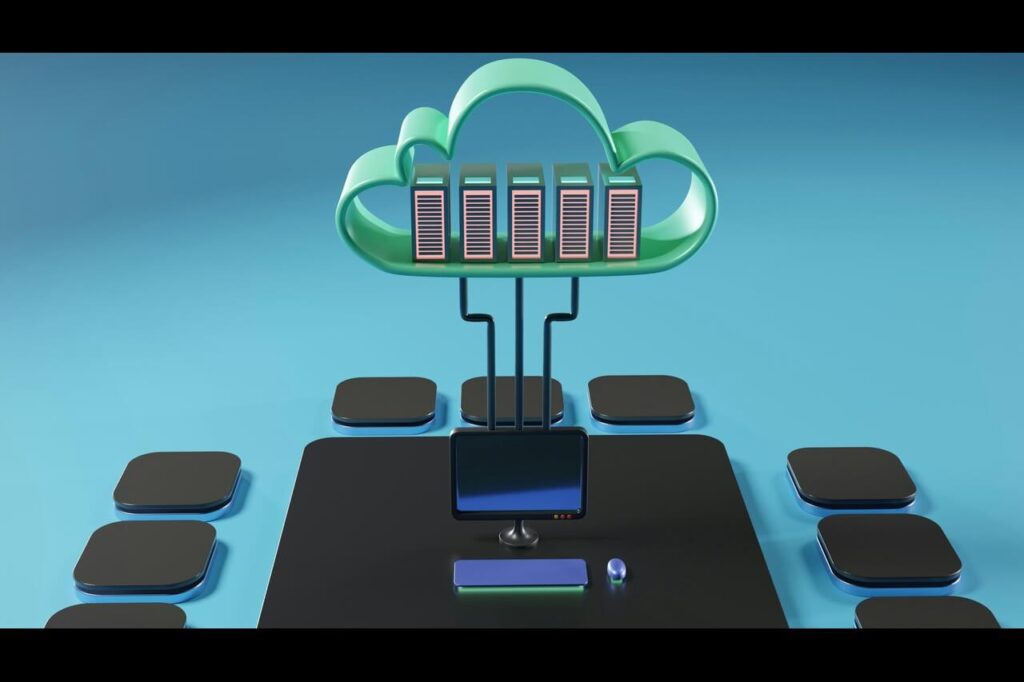Confused about email etiquette?
Like most people, you probably send a few emails daily, and perhaps significantly more.
However, when’s the last time you thought about email etiquette and made sure you were following it? You might skim your messages to make sure they don’t have errors, but other things are as important as that step.
Read below to find out what you don’t know about the modern rules of email etiquette.
1. Don’t Assume the Recipient Remembers Previous Conversations
In today’s fast-paced culture, it’s common for people to assume everyone’s keeping up with them. They might send brief emails without context, but doing that breaks email etiquette and could make things unnecessarily confusing.
For example, maybe you’ve been going back and forth with someone about meeting for coffee to go over an upcoming presentation, and the latest message said: “How about if we meet on Friday at 4 p.m. at Java Delight for coffee?” What’s the best response concerning email etiquette?
You might want to reply, “Yes, I’ll be there.” However, it’s better to reiterate everything the sender needs to know to avoid a scheduling confusion. Respond with a short reminder of the meeting and its purpose.
Say, “Yes, meeting at 4 p.m. on Friday at Java Delight sounds great. I look forward to seeing you then, and we’ll discuss the data science presentation.”
Taking that approach could have far-reaching effects, such as improving your relationship with your boss. After all, emails that assume the recipient remembers things said previously are frustrating, especially if the person reading the material already has an overflowing inbox.
2. Always Have a Descriptive Subject Line
Many email interfaces, including Gmail, allow you to mark senders as important or add them to a whitelist, both techniques that should ensure emails land in the inbox and not the spam folder. However, people still skim their email boxes and determine which messages most need their attention.
With that in mind, there are some subject lines to avoid. Instead of “Read this, please, “Quick question for you” or “Help!,” it’s important to be more specific about what you need.
For example, try “Need your approval to book hotel room for the leadership conference,” “Having trouble logging into the call center interface this morning”, or “Please review my final draft of the marketing proposal.”
One of the things people wish they knew sooner is that they aren’t the center of attention. If you use one of the subject lines suggested as bad examples, the implication is that you think your need or problem is the only thing the recipient has to deal with at that moment, but that’s probably not true.
3. Confirm Your Receipt of Emails and Set Expectations
You cannot always give an in-depth reply to an email, but should still let the sender know you got the message. Try something straightforward like, “Hi, I’m confirming that I received your email. You can expect a reply by the end of the day tomorrow.” Doing that alleviates the worry people may feel as they wonder whether their emails got overlooked.
This quick tip also saves you from getting more emails from people who type things like “Just curious if you got my message …” Also, taking the time to confirm the timeframe for an expected reply gives the impression you’re competent at managing your time.
4. Specify the Urgency Level
Be as clear as possible when letting people know how to handle your emails. For example, if the message is not time-sensitive or you don’t need a reply at all, you could say “Feel free to take your time with providing your insight, as this matter is not urgent,” or “I just found this information and thought it might be helpful. No need to reply to me.”
Conversely, if you do need a prompt reply, mention that. You could say something like, “Since I’ll make my decision by Friday afternoon, I need to hear your thoughts before then. Being precise about the urgency is one easy way to write better emails.
5. Don’t Send Emails When You’re Angry
Even though your feelings may compel you to do otherwise, it’s best to avoid sending emails when you’re angry. It’s OK to write the bulk of one when you’re upset, but before hitting “send,” look the message over and check your tone. Passive aggressive emails, as relieving as they may be, are far from proper email etiquette when replying to bosses or peers at work.
6. Ask Permission Before Sending Large Attachments
Many email services have file size limits. Besides, some people don’t like receiving large things to download without warning. Ask if it’s OK to distribute the file through email before sending it. Otherwise, consider alternative ways to make attachments accessible to people who need them.
7. Don’t Hit “Reply All”
Unless your conversation is between a few people, not everyone in your company needs to get a response from you. Make sure to reply to the initial sender or whoever you’re responding to directly.
8. Reply To All Emails Quicky
If the email for you requires a prompt response, respond as soon as you are able. This will prevent any emails from being forgotten if the information is time-sensitive. An easy way to compartmentalize emails into priority is by creating labels for them or starring them for quick referencing.
Start Improving Your Emails Today
This list proves that even small changes make significant differences in how you come across via email. Consider trying them now.
Recent Stories
Follow Us On
Get the latest tech stories and news in seconds!
Sign up for our newsletter below to receive updates about technology trends




